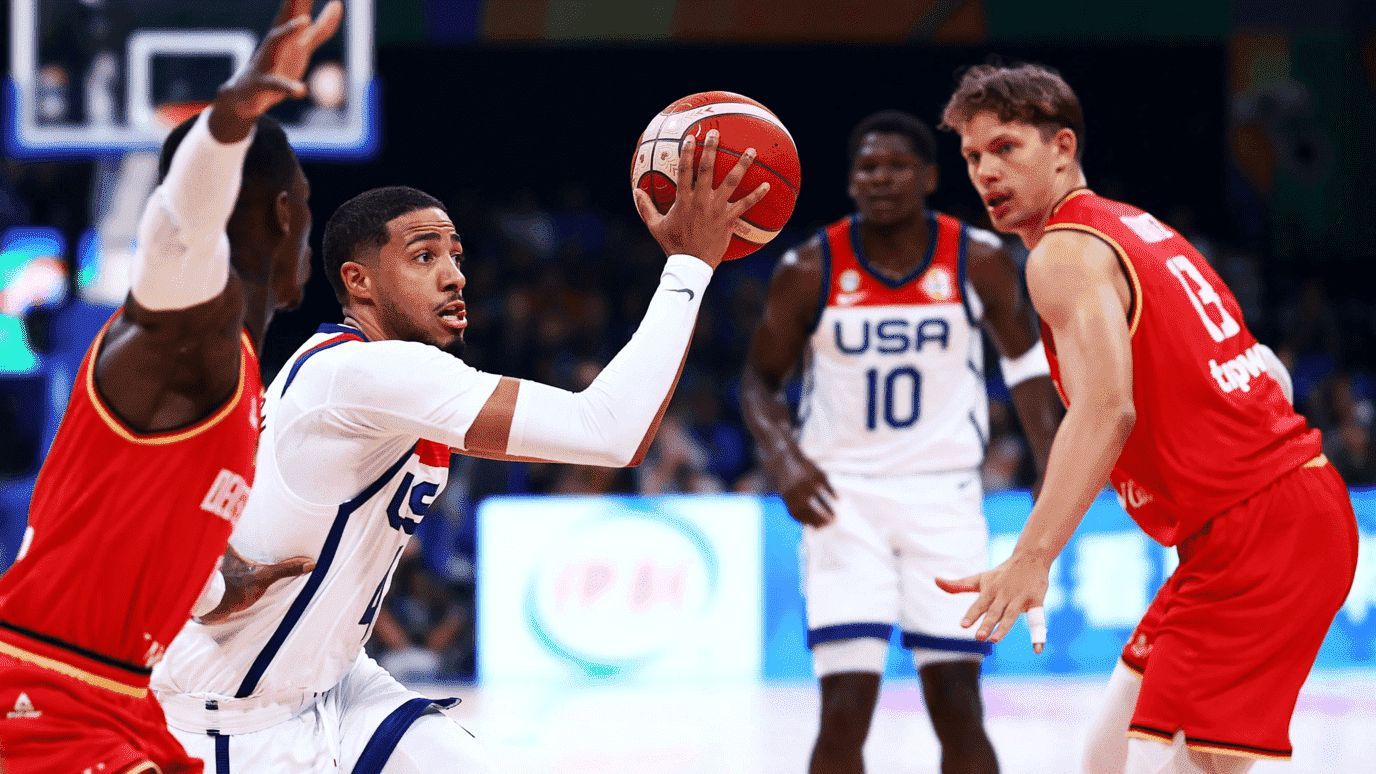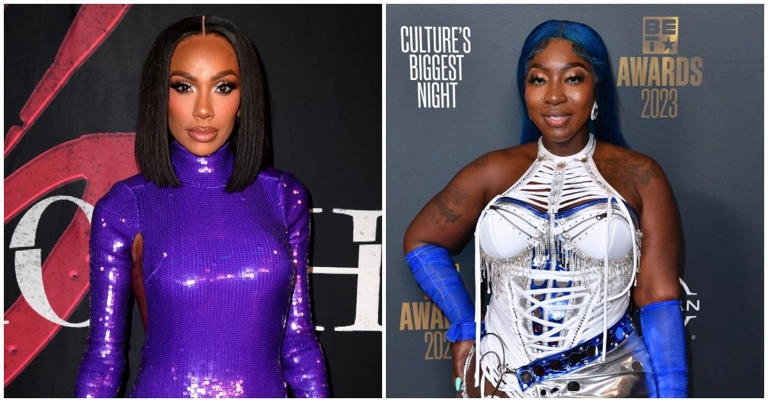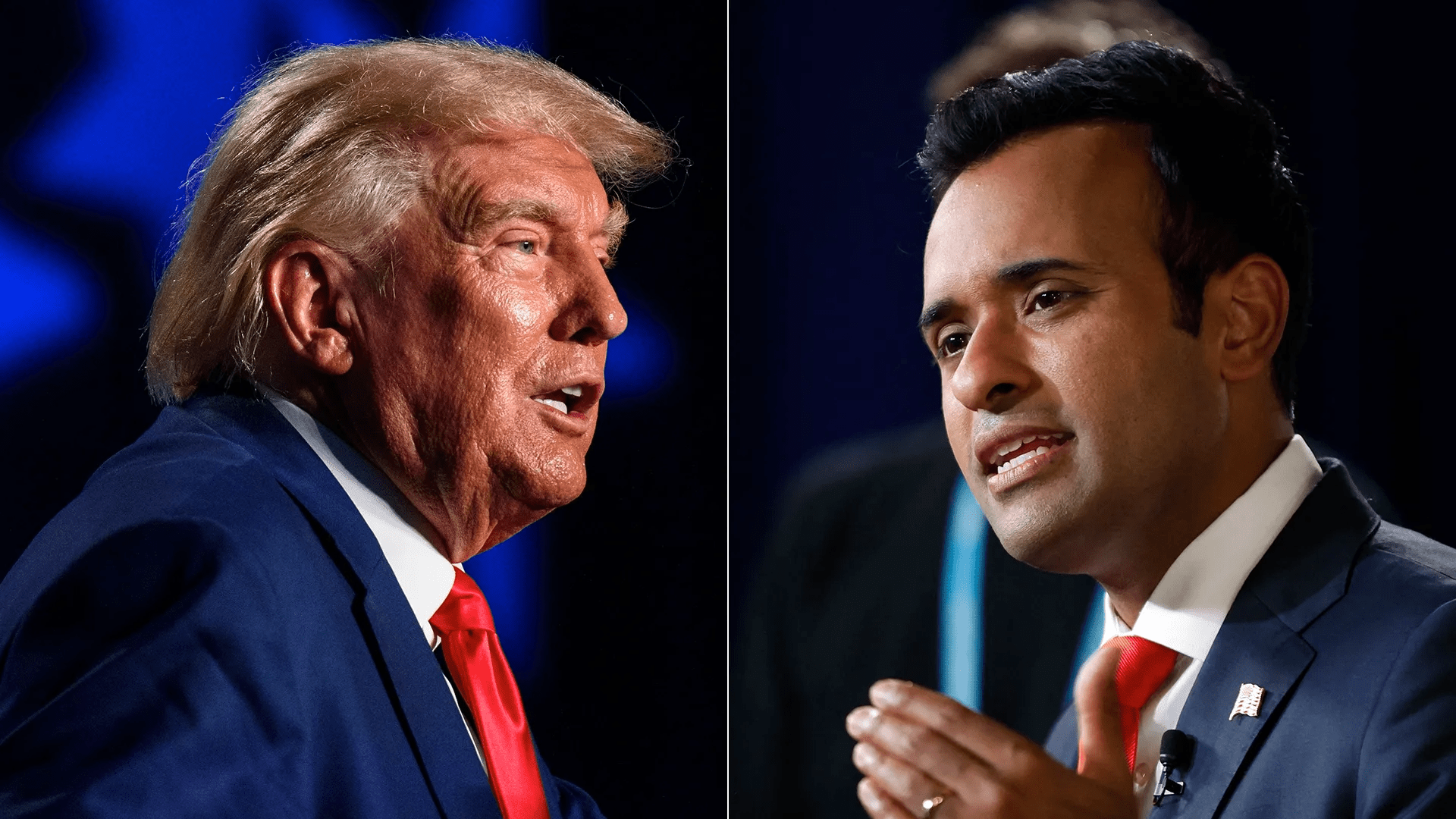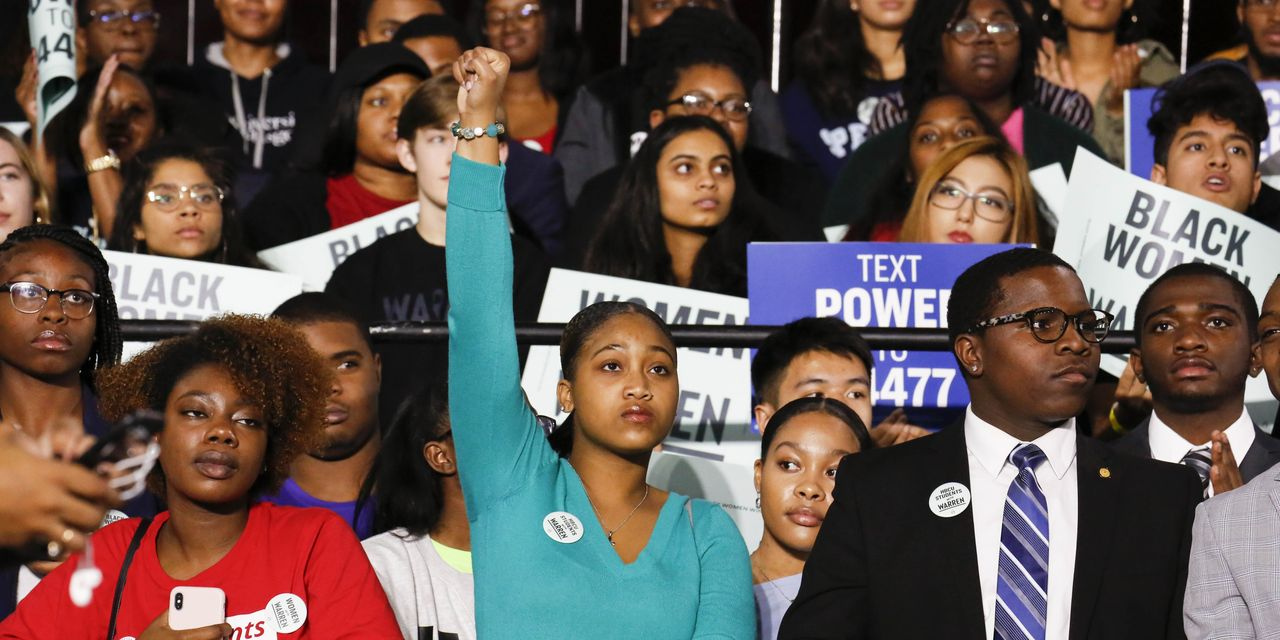The Real Rea$on Team U$A Lo$t FIBA
The NBA's Entertainment Gambit: Slam Dunks, Deep Threes, and International Wake-Up Calls
The NBA's Entertainment Gambit: Slam Dunks, Deep Threes, and International Wake-Up Calls
Reliving the Golden Age: A Different NBA
In the misty realms of basketball nostalgia, the NBA of the 80s and 90s stands apart. An era when basketball wasn't just a sport, but a beautifully choreographed ballet of skill and brute force. Icons like Larry Bird, Magic Johnson, and the infamous "Bad Boys" from Detroit epitomized a game that was as strategic as it was physical.
All That Glitters: NBA's Glitzy Makeover
Enter the late 90s and 2000s, the NBA underwent a metamorphosis. No longer was the game just about scores; it became a spectacle. The emphasis shifted towards putting on a show, wooing audiences, and satisfying the insatiable beast of commercial demand. To cater to this new vision, the rulebook was revamped:
- Goodbye Hand-checking: Introduced in the early 2000s, this rule was a gift to offensive players, handing them the freedom to dance around their defenders, turning defense into an almost polite affair.
- Welcoming Zone Defense: Legalized in 2001, the intent was noble – to dismantle isolation plays and enhance fluidity. But in doing so, shooting became the crown jewel of skills.
- Speed is Key: With tweaks to quicken the pace, the NBA began to resemble a sprint more than a marathon. Breathtaking? Yes. Methodical? Not so much.
- Three-Point Rain: Analytics began to dictate gameplay, and the three-pointer emerged as the ultimate weapon.
The result? An explosion in NBA's global popularity. The world was now hooked to the acrobatics of players like Stephen Curry, who embodied this new, electrifying era.
International Rude Awakenings
However, every coin has two sides. While the NBA was reaping commercial rewards, it faced a stark reality check on the international stage. The Olympics and FIBA competitions weren't swayed by the razzmatazz. They stuck to their guns, focusing on basketball fundamentals, tight-knit teamwork, and rigorous structured play.
The NBA's entertainment-first model began to reveal its cracks:
- Physicality Tolerance: The FIBA wasn't shy about rough play. NBA players, pampered by the anti hand-checking rule, often found themselves gasping.
- Close-range Three-Point Line: The FIBA's shorter three-point boundary sometimes played mind games with NBA sharpshooters, disrupting their hardwired shooting mechanics.
- Camaraderie Over Celebrity: Unlike the superstar-centric NBA teams, international teams thrived on years of bonding and synergy. They didn't need the spotlight; they had each other's backs.
The resultant cocktail was sometimes bitter for Team USA. Raw talent sometimes bowed to discipline and team spirit, leading to unexpected defeats.
Epilogue
The NBA's transformation into a glitzy entertainment juggernaut is undoubtedly a commercial masterstroke. Yet, it's essential to ask – at what cost? The recent international stumbles serve as a poignant reminder. As the future unfolds, the NBA stands at a crossroads, pondering whether the spectacle can coexist with the sport's core essence. Only time will tell.






.png)
.png)
Comments